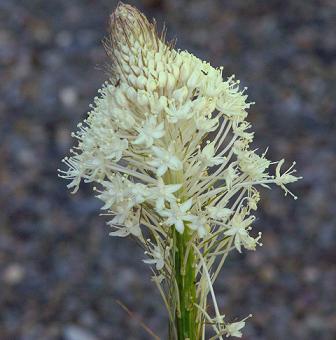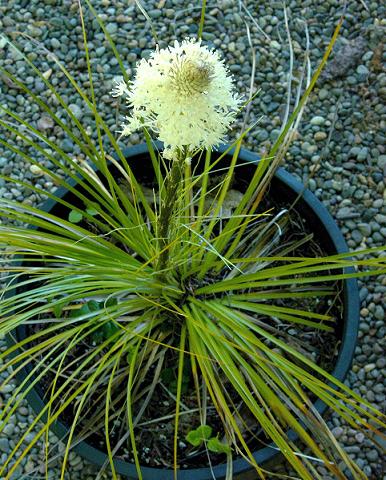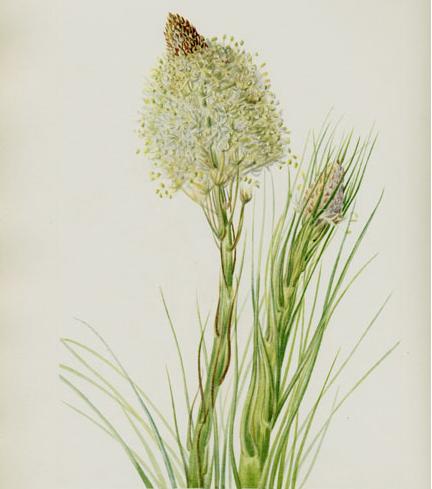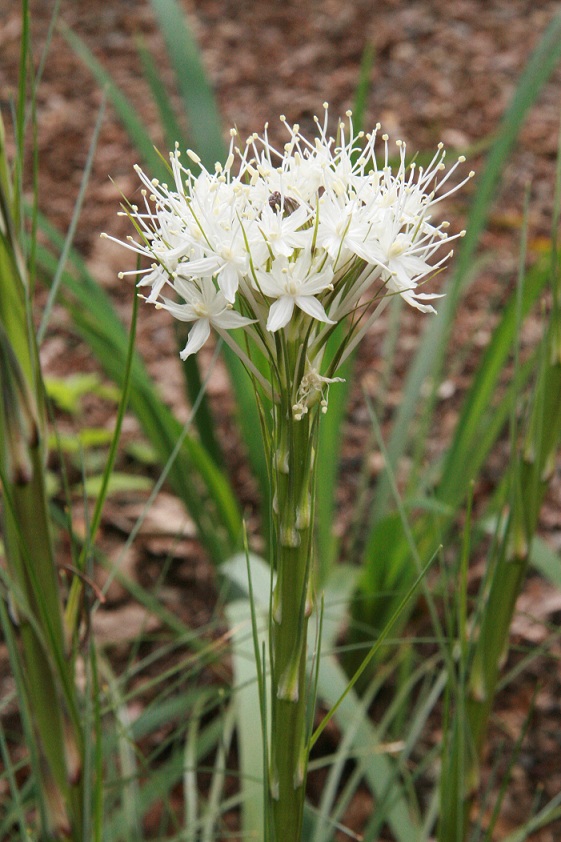|
|
|
Hansen's Northwest Native Plant Database |
|
|
|
Xerophyllum tenax (Bear Grass, Indian
Basket Grass)
|
 |
||||||||||||||||||||||||||||||
|
Note: Throughout the years I've written short articles for our website's home pages (home pages are the front page of a website) about these plants. They are now included at the bottom of this page, and are illustrated by botanical drawings and paintings, some of which are from books published from 1500 - 1900. |
|||||||||||||||||||||||||||||||
|
A beautiful, unusual perennial, that grows to a towering 3-6.’ A lily with grass-like leaves and stunning, tall wands of white flowers. The roots are a favorite food of bears, especially as they emerge from hibernation (hence the name “Bear grass”). This plant was once called “squaw grass” because Natives used the leaves for basket weaving and weaving was considered to be women’s work. Bear Grass occurs in open mountain slopes on the eastern side of the Cascades from BC through Washington and Oregon and into Idaho and Montana (USDA 4-8). |
|||||||||||||||||||||||||||||||
 
 |
|||||||||||||||||||||||||||||||
|
|||||||||||||||||||||||||||||||
|
Photos We Share!
|
|||||||||||||||||||||||||||||||
|